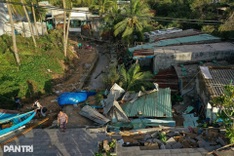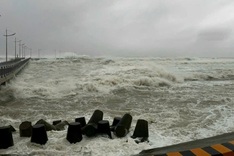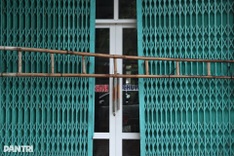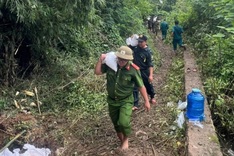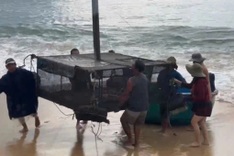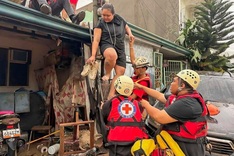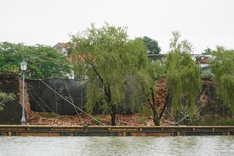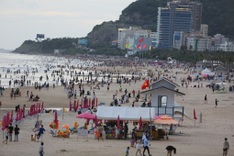
Every few moments, another cacophony of ambulance sirens outside the Fakir Mohan Medical College and Hospital announced the delivery of more patients, many of them critically wounded.
It is just 25 kilometres (15 miles) from the site of a triple train crash that killed nearly 300 people and injured almost 1,200 on Friday.
Medical staff had only a few moments to decide who could survive -- and which cases were hopeless.
It was a "relentless, war-like situation", said doctor Sibanand Ratha.
"All were serious trauma patients -- with head injuries, amputated limbs, chest injuries, and breathing difficulties."
Some were already dead, others were gasping for life.
Saving lives was the priority, he told AFP.
"But there was too much rush," he said. "The patients kept coming, non-stop, there was too much crowd."
The team "had to decide who gets higher priority", he admitted -- those with a better chance of survival.
"One shouldn't say it but as a doctor you know that this patient won't survive.
"That was a totally different experience for me personally."
- '400 to 500' patients -
Hundreds of the victims were brought to the hospital, a neatly painted multi-storey building with better facilities than many government-run Indian hospitals but still only equipped to cater to the roughly 200,000 population of Balasore, a small town in the eastern state of Odisha.
What began as a regular Friday for the medical staff changed after an emergency message ordered them to drop everything and return to the hospital immediately.
Ratha, 35, said he knew it was a train accident, but "could not have imagined" the scale.
He and his colleagues "worked non-stop as the evening turned to night and the next day".
The team handled "400 to 500" patients, he estimated, "though we have not counted but ambulances were coming with patients non-stop".
"We had to empty the beds quickly. We stabilised some patients and sent them to ICU. The less critical ones were moved to orthopaedic.
"And whoever had head and chest injuries were wheeled to surgery."
Midnight blood donations from local residents "really helped", he said, and the medical supply chain worked throughout the night to ensure all necessary drugs were available.
Orthopaedic doctor Kshitiz Guglani, 25, was off duty when he was summoned, and had worked non-stop since then.
Most were "poly-trauma patients, which means more than one bodily system was damaged", he said.
At least 275 people were killed in the crash, according to official figures, and nearly 400 of the injured were still being treated in several facilities on Monday.
The Balasore hospital was crowded with survivors, other patients, and relatives looking for loved ones.
Anil Marandi, 29, a tribal labourer from Jharkhand, showed staff at the main help desk pictures of his brother, brother-in-law and a friend, all of whom were on one of the trains.
"I have only found two bodies so far," he said tearfully. "I am still looking for the third."





